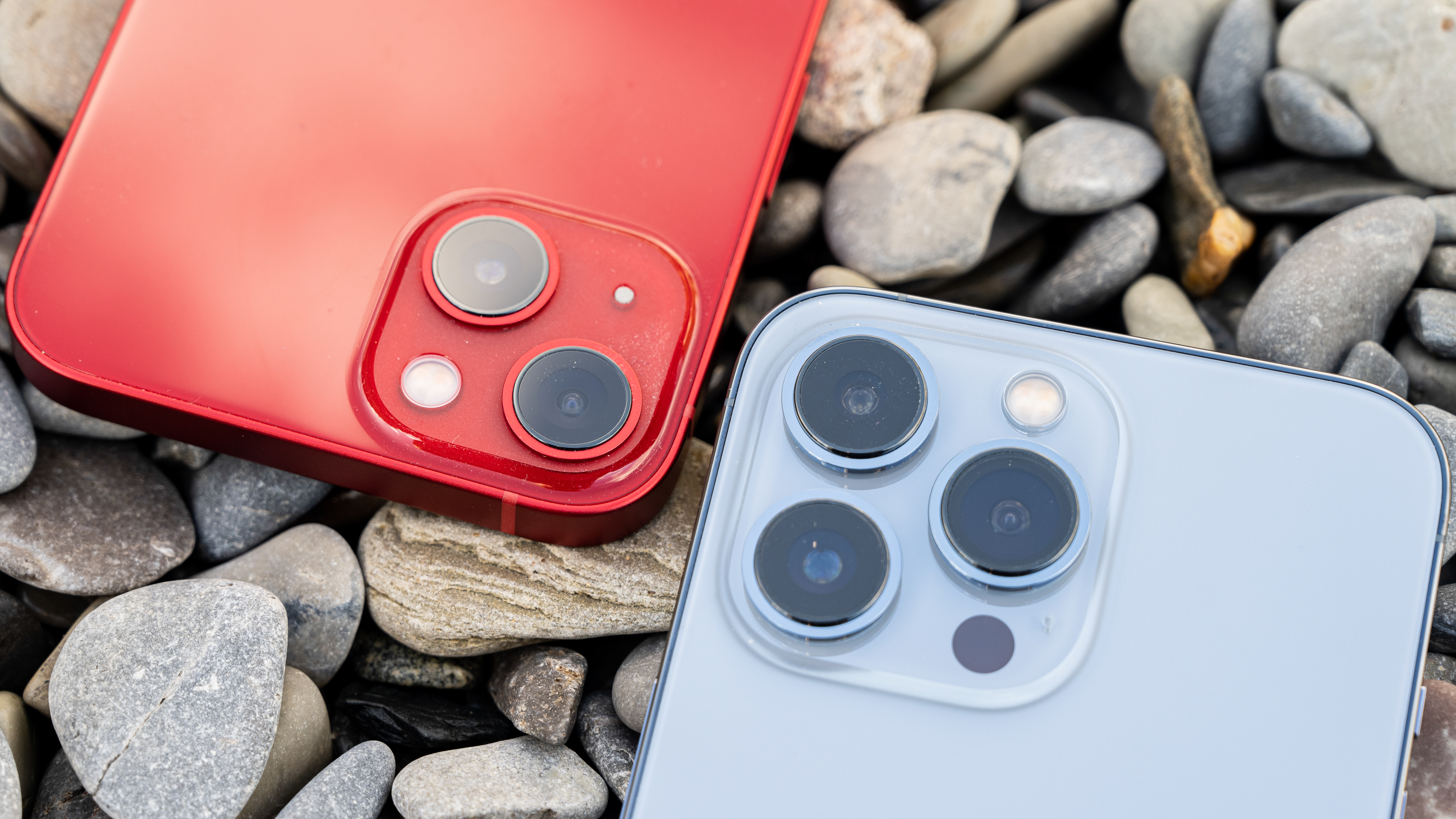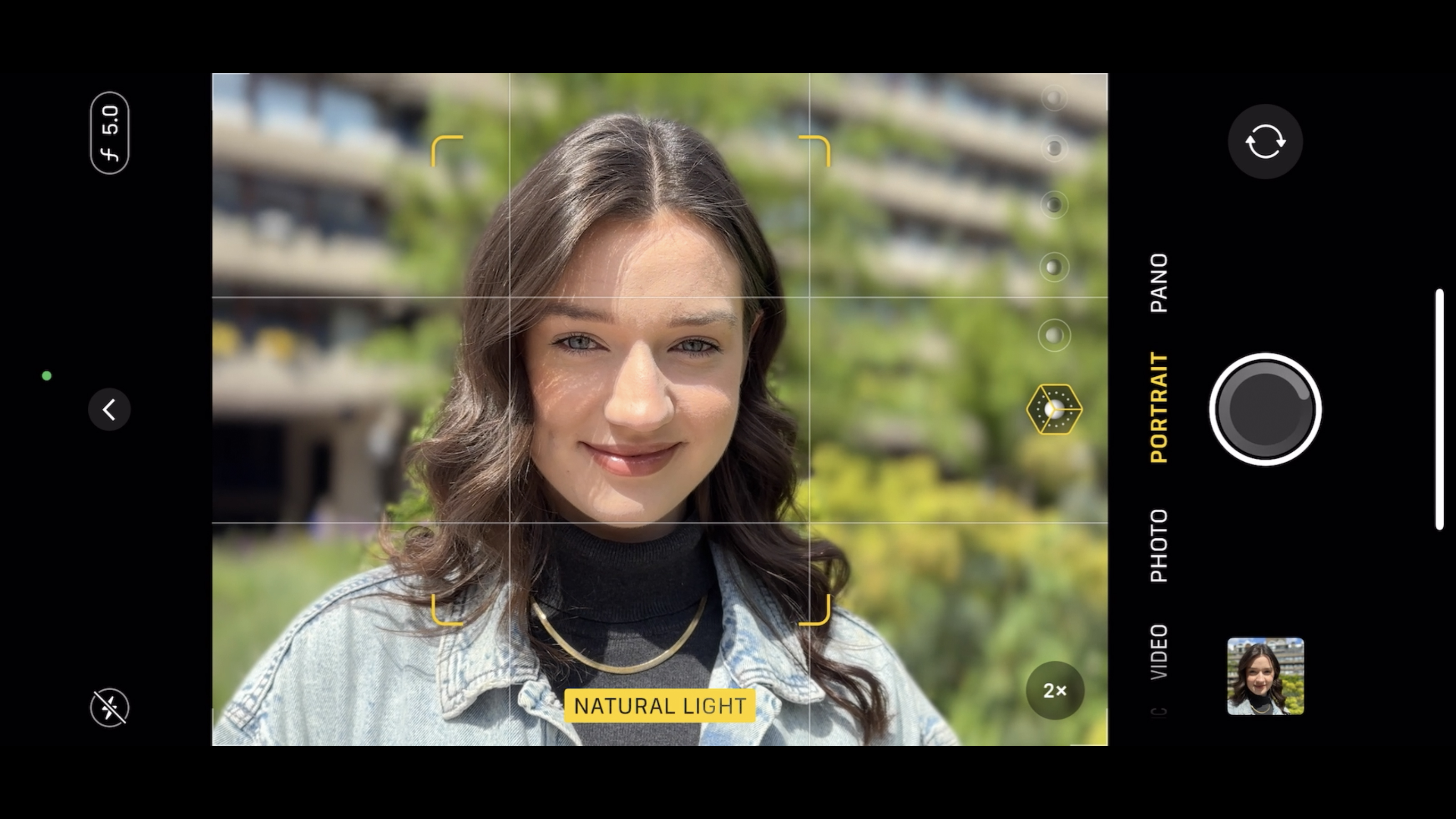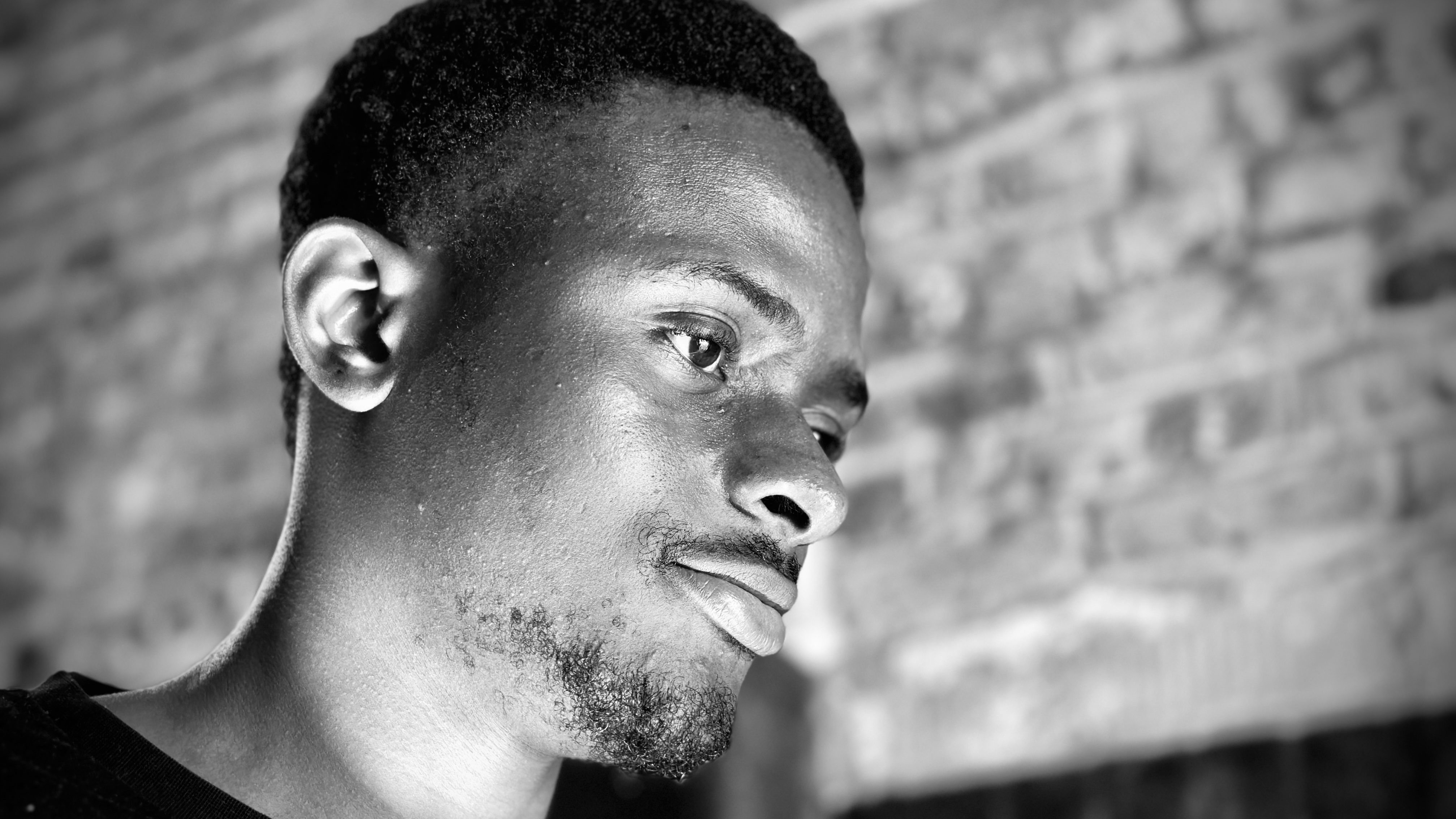
For the last 20 years, I’ve been making (and sometimes scraping) a living as a self-employed photography writer. The main tool of my trade for most of this time has been the trusty DSLR, although now I find myself reaching for my iPhone more often – and for the last couple of years, my DSLRs have remained largely untouched.
Although primarily a Canon fan, I used a wide range of camera brands so I could write a series of 'Photography Focus' guides on mastering each camera’s menus and features. I also had to juggle shooting with a Nikon for my regular N-Photo magazine tutorials and a Canon for PhotoPlus magazine features (which made packing camera kit for holidays an extra challenge!).
However, nowadays I almost exclusively shoot the assets for my online and print articles on my iPhone 14 Pro Max. So how did this switch from DSLR to iPhone happen?

Well, as a long-time iPhone user, I’ve always enjoyed having one of the best camera phones to hand when my DSLR wasn’t nearby. Over the years, the iPhone has evolved and become capable of taking better and better photographs. Then a game-changing development arrived in 2016, with the arrival of Portrait mode on the iPhone 7 Plus. This enabled me to get a background bokeh without fiddling around with aperture value settings.
Of course, the early Portrait mode results were awful, with irregular fringing around the edge of the 'cut-out' subject (and it only worked with people, not objects). These days, however, Portrait mode can add a convincing bokeh to any subject – and I love the fact that I can dial the blur amount up or down in post without having to fiddle around with focus stacking on a compatible DSLR.
Then another nail in the coffin of my DSLR dependency arrived with the iPhone 12 Pro and its ability to shoot in Apple ProRAW. This enabled me to edit the iPhone’s DNG files in Photoshop’s Camera Raw workspace as I did with my Canon's CR2 files and Nikon’s NEFs.
I am also liberated by the convenience and ease of shooting with an iPhone. With a DSLR I had to decide whether to use center-weighted metering or spot metering to make sure I didn’t overexpose the sky or underexpose the subject.
The iPhone’s AI analyses different parts of the shot and creates a separate exposure for key areas, including people. This means blown-out highlights are less of a problem and I can just point and shoot to capture the moment (or avoid the time-consuming practice of merging a DSLR’s bracketed exposures).

I’m a keen videographer, too, and I used to shoot video professional projects on my Canon, with the Canon EF 24-70MM f/2.8L USM lens perfect for 'talking head' style interviews and the f/2.8 aperture added a pleasing background bokeh. Although along came the advent of Apple’s Cinematic mode, and now I can achieve similar results on my Pro Max (and even change the focus points in post).
The iPhone’s optical image stabilizer enables me to shoot tripod-steady locked-off shots or smooth pans while operating handheld, so there’s no longer any need to lug a bulky tripod to a shoot.
Its ability to shoot smooth handheld video has enabled me to grab lots of editorial stock footage without being harassed by men in fluorescent jackets. I no longer get asked by police why I’m filming on city streets as the iPhone is not as conspicuous as a DSLR, and as police sell well on stock sites they are happier to let me shoot them for editorial purposes when I use my iPhone.

Although when it comes down to it, the essential reason that I use my iPhone is that I can get paid for the images that I produce with it, despite their non-DSLR pedigree. While writing this piece I spotted 7 pages of my recent software reviews in issue 271 of Digital Camera magazine. I enjoy the immediacy of seeing my reviews being published on this website, but it still gives me a dopamine boost to see my work in print – and the iPhone-sourced shots look great in physical media!
I’m not saying that the quality of image produced by the iPhone is superior to my DSLR – far from it. The iPhone still struggles to match the quality of a DSLR, especially in low light. But its portability, versatility, and the fact that I can earn my 'bread and butter' by using it means my Canon is likely to remain on the shelf while I take my iPhone everywhere.
Not convinced you're ready to give up your camera just yet? Check out the latest models in our guides to the best DLSRs cameras and of course the best mirrorless cameras.







